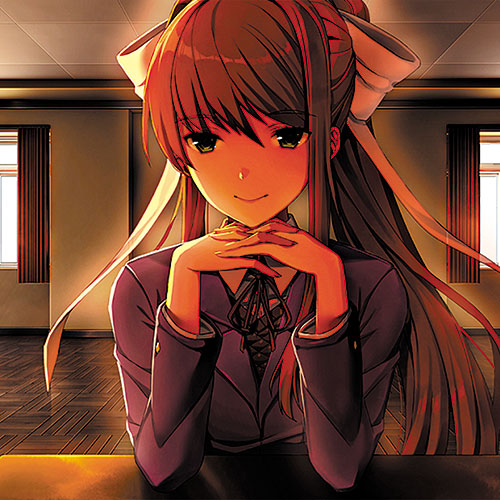Paige FTW: When Gaming Turns Reality

British newspapers reported in June that a 15-year-old boy committed suicide in February after playing Doki Doki Literature Club — and the boy’s father is claiming that the game is to blame.
Darren Walmsley told The Sun, “Characters suggest things and you decide what to do. It drags you in and they make it very real. … It is free to download but once you get into it, it will not leave you alone. The characters befriend and love you and give you tasks to do but if you do not do them, they turn nasty.”
Doki Doki is a really dark game (though some of Walmsley’s claims, like that the characters can text your phone, are incorrect). But could there have been a correlation?
Netflix drama 13 Reasons Why received a lot of pushback for its decision to both depict the main character’s suicide and present the whole show as a long suicide note, as it were. American Foundation for Suicide Prevention recommends against those things specifically.
Doki Doki breaks a number of those same “cardinal rules,” as it were. There are multiple, graphic suicides (you see the grisly aftermath of two, and there’s a segment that includes a very detailed description of what led up to that moment for the fi rst one). There are depictions of self-harm. There’s suicidal ideation.
It’s possible that boy was unduly influenced by the content of the game, and all the warnings in the world wouldn’t have changed the base reality of the content.
But the question remains: Where do we draw the line? Should we draw a line at all? Do media creators have a responsibility for how their works make consumers feel? Should they tailor their works to avoid negative emotions? Which works should be subject to this?
There are no easy answers to any of these questions. An inquest into the boy’s death is expected to release its results shortly.
Even that report, though, will not provide a clear path forward.











